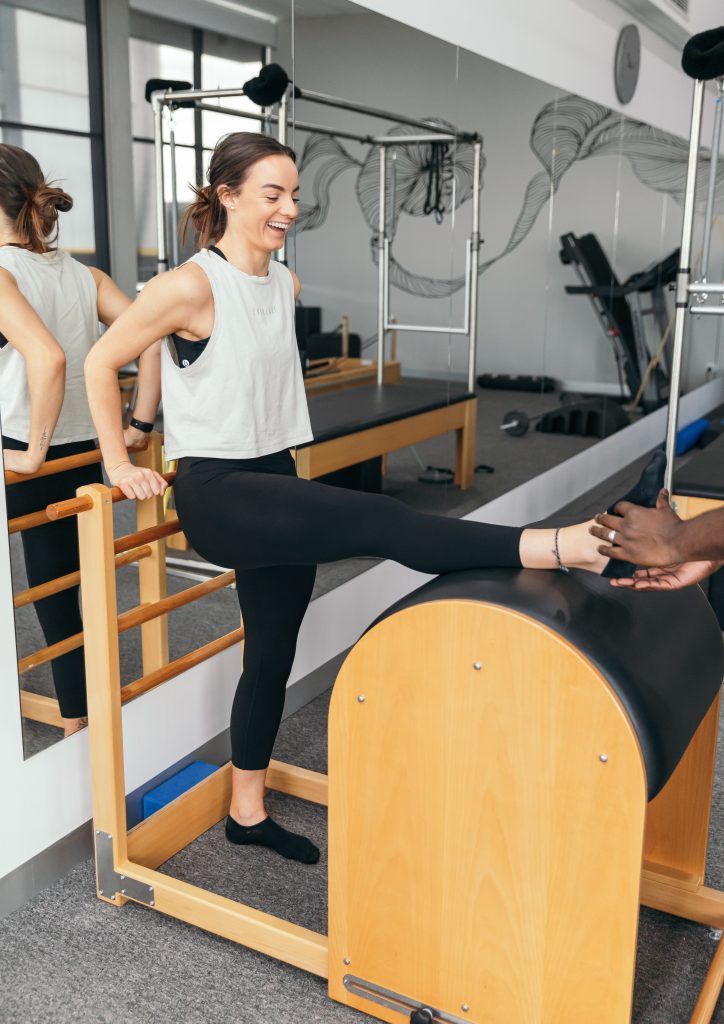As Osteopaths we’re constantly being asked about the appropriate time to be completing stretches whether that is before or after exercising, differences between stretches and for how long these stretches should be held for?
What is stretching and the benefits?
Stretching is a type of physical activity where the specific skeletal muscle mass is deliberately elongated to its fullest length. The benefits of stretching include:
- Improved flexibility and endurance
- Improved range of motion
- Improved circulation
- Increased posture
- Reduction of stress relief (1)
Stretching exercises can be used as part of a warm-up routine prior to the main exercise, aiming to increase range of motion and decrease resistance to stretch, allowing freer movements and enhanced performance (2). Stretching prior to or after any form of physical activity can decrease the risk of a muscular strain or injury by increasing the flexibility of the muscles, tendons and ligaments but also increasing the mobility in several joints (1).

Difference between static and dynamic stretching
Static stretching entails moving a limb to the end of its range of motion and holding that position for 15-60secs, repeating the process 2-4 times. Research suggests repetitive and persistent bouts of static stretching can reduce muscular strength and sprint performance, as well as increase the risk of sport injuries due to joint instability (2).
Dynamic uses whole body movements, actively moving a joint through its range of motion without holding the movement at its endpoint (2). Studies suggest this type of stretching is effective in improving flexibility, maximal muscle strength, sprint performance and vertical jump performance. However, there are also reports suggesting impaired performance due to dynamic stretching (2,3).
Dynamic stretching should be considered as a pre-performance routine rather than static stretching due to joint range of motion enhancement (3).
Does stretching prevent work-related injuries?
Stretching programs at work can reduce and prevent sprain and stress injuries within the workplace (1). Studies have shown that an effective stretching program within the workplace should consider the following:
- Warm-up for five minutes prior to stretching
- Exercises should be tailored to commonly performed job duties
- Stretch regularly – a minimum of 2-3 days per week
- Perform stretches correctly
- Hold each stretch for 15-30 seconds
- 2-3 repetitions per muscle group (1)
It is recommended these exercises should be performed during breaks throughout the day.
Each body and individual is different and requires varying approaches to tailor to their needs. It is best to speak to your Osteopath about which is more appropriate for you and your body in aiding in recovery.
References
- Gasibat Q, Simbak N, Azi A. Stretching Exercises to Prevent Work-related Musculoskeletal Disorders – A Review Article. American Journal of Sports Science and Medicine. 2017;5(2): 27-37.
- Su H, Chang N, Wu W, Guo L and Chu I. Acute Effects of Foam Rolling, Static stretching, and Dynamic Stretching During Warm-Ups on Muscular Flexibility and Strength in Young Adults. Journal of Sport Rehabilitation. 2016.
- Opplert J and Babault N. Acute Effects of Dynamic Stretching on Muscle Flexibility and Performance: An Analysis of the Current Literature. Journal of Sports Medicine. 2017.

This article was written by Dr. Emily Ellis
Osteopath
Clinical Pilates Instructor

